BlackMUD is an original high-fantasy world set in a time of turmoil as agents of the Unmaking seek to destroy the world. There are religious conflicts (mono- and polytheistic combined), racial conflicts (mainly around control of the continent of Balric), and traditional nation-state conflicts all raging at the same time. In BlackMUD we have established an expansive, unique, and cohesive world setting with deep, immersive lore and content. While it is certainly influenced by D&D and Tolkien, the lore is original. It's fair to say it is also stylistically influenced by Lovecraft, Lumley, GRRM, and both monotheistic and polytheistic religious writings.
Creation
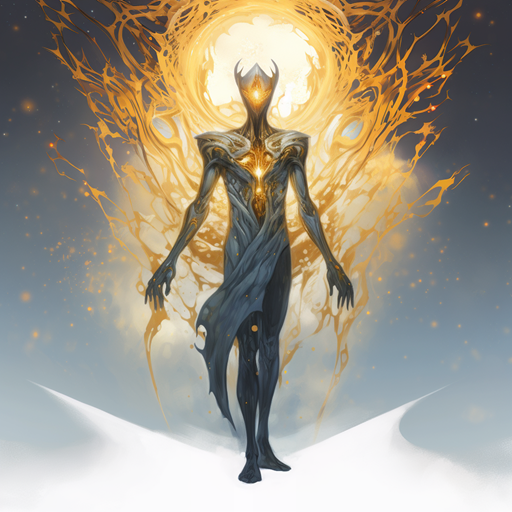
Phaet. Phaet is everything, everywhere, and everywhen. Phaet is the all. The creator. Before time, before space, there was Phaet.
From, and by, Phaet all that is, became. Feeling the need for companionship, Nixil, came to be. Nixil was the first. An experiment
without a control, without guidelines. If Phaet is capable of regret, Nixil is regrettable. Others followed, becoming what Phaet
had intended Nixil to be. These 'gods' as they would come to be called were of Phaet as was Nixil, but to a much lesser degree.
Nixil harassed and tormented these gods, and always argued with Phaet. When Phaet created what mortals know as matter, space, and
time, Nixil confronted Phaet insisting that such an uncontrolled abomination should not be brought forth. Nixil was scolded for
his doubt and withdrew. However, after corrupting a number of the gods to his point of view. Nixil again confronted Phaet and
demanded that he stop. Upon Phaet's refusal, Nixil became enraged. Nixil lashed out at the creation in an attempt to destroy it.
To protect the creation, Phaet banished Nixil to the emptiness between matter, space, and time. This place, known as the Void, was
of Nothing.
Forced to maintain Nixil's imprisonment, Phaet had to let the creation evolve on its own. The gods did what they could
to nurture and beautify the creation in honor of Phaet. Within the creation formed things known as worlds, stars, moons, and various
other celestial bodies. On some of the worlds life began and evolved. Beings of various types grew to sentience and intrigued Phaet,
the gods, and even Nixil, who could see everything but was unable to affect it. On one of these worlds, Entia, numerous beings grew
to sentience. Many of these beings also evolved the ability to manipulate the balance of matter, space, and time. The manipulation
became known as magic.
Early History of Entia
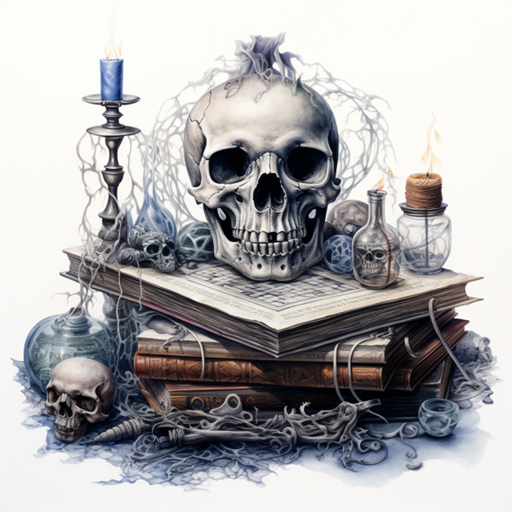
Since time unknown, elves, dwarves, giants, halflings, and numerous other humanoids have lived upon the continent known as Balric. The elves built several wondrous cities across the continent, which grew into a small empire. The dwarves and giants were content to dwell in the mountains, areas the elves found distasteful. The halflings concealed themselves deep in the forests to the east, using magic to dissuade visitors. The other humanoids dwelled in less desirable regions or tried to conquer others. For almost as long humans dwelt on the now lost continent of Suma. A strange and horrible magic was unleashed on the land and out of fear and ignorance the great tribes of humanity began to war among one another. Those who survived the wars were forced to flee the poisoned land. Great numbers set out to sea in search of new homes. A few managed to make it to Balric.
The First War of Dominance
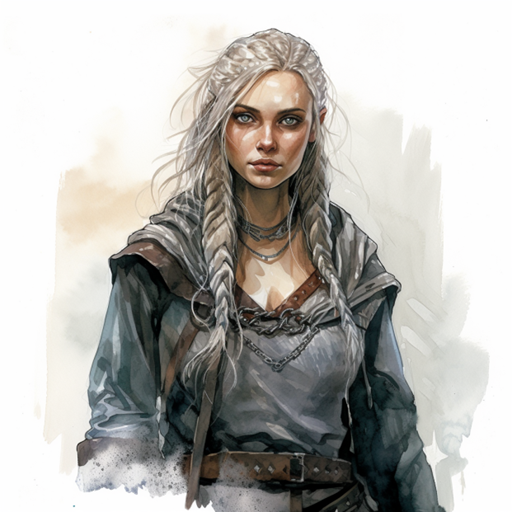
At first the elves mostly ignored the small settlements of the brutish humans. As more and more humans arrived and the settlements
grew into towns, the elves began to feel threatened. A radical faction of elves, led by a handful of powerful mages began to speak
out against what they called the invasion of their sacred garden. The clerics of Phaet stood against this growing tide of hatred.
Although the humans could have been considered less enlightened than the elves, they too worshipped Phaet. Despite the efforts of
the clerics, the radical movement continued to gain momentum. By the time the ruling class adopted the anti-human dogma, peaceful
co-existence was no longer an option. Elven forces backed by the mages' devastating power began an all out assault on the human
refugees. Out-numbered and defenseless in the face of the elven magic, the humans were overrun. Those not killed in battle, were
enslaved.When more refugees from Suma arrived they too were killed or enslaved. Thus began nearly two centuries of hate and war
between man and elf
In general the elves proved to be kind masters. However, slavery is slavery, and for generations man endured
this burden. Elves can live to be four hundred years old, but can only produce a handful of offspring during that time. Humans,
whom seldom live beyond seventy years, however, can produce as many as two dozen offspring in a lifetime. Because of this, the
numbers of humans grew rapidly. The elven mages and nobility began to see the rising human population as dangerous. They then
issued the "Procreation Proclamations," which stated that no human child could be born with out permission of the woman's elven
master. To enforce this, pregnant human women were forced to submit to abortions or be put to death. Without any place to run, the
humans had submitted to and endured generations of slavery. They had accepted a loss of freedom, but would not accept a threat to
their very existence.
Individual acts of rebellion grew into wide spread revolt, which grew into open warfare. Humans greatly
outnumbered the elves by this time, and led by such legendary leaders as Krin Morex and Ian Elf-Slayer the tides of war quickly
shifted in favor of the humans. Only the power of elven magic gave the elves hope in the face of defeat. The assassination of
Krin Morex did nothing but enrage the humans further. After five years of brutal war, the elves had been forced completely out of
the north and east, and their capitol in Rac Semder had become their last bastion. Rac Semder was large and well defended. The
human armies were worn and tired from the long war and knew they could not lay siege to the city.
It was then that the dwarves, who had long lived in peace with the elves, came pouring out of their fortress of Mreec. They joined
forces with the humans, nearly doubling their combat ready forces. The Human-Dwarf army laid siege to the massive elven city, and
after twelve days of brutal combat it fell. The elves, their capitol conquered and their armies destroyed, either fled into the
wilderness or surrendered themselves to the mercy of the humans. The humans knew long in advance of their victory the price the
elves would pay. They were enslaved. The dwarves, refusing to take elven slaves, quietly collected some materials from various
parts of the elven capitol and returned to their homes in the Tek Ar mountains. And so the slaves had become the masters, and kind
masters they were not.
The Horde Wars and the Great Upheaval
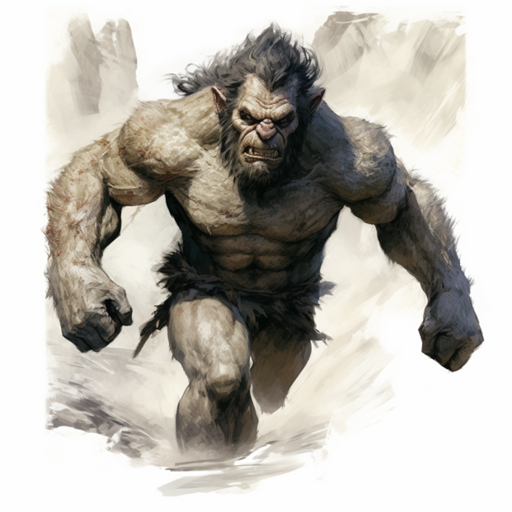
Forsaking the ravaged elven capitol, the human armies migrated north and began settlements on the banks of the Galt River, in the
mountains near the dwarven fortress of Mreec, and on the northern shore of the Aonos Sea. Ian Elf-Slayer became king through a
combination of popular support and necessity. The collapse of the elven empire had destablized the entire continent, and a strong
military leader was needed. As the human kingdom, known as Laparan, grew, so did the tribes of humanoids all over Balric. Not long
after the death of King Ian, these hordes of humanoids, attacked the human and dwarven kingdoms. Strangely organized, yet not unified,
the hordes were a mighty force. Although unsuccessful at capturing the city of Tansar or the dwarven fortress of Mreec, they laid siege
to the two for eighteen weeks. The humans rallied from their capitol of Galan and managed to push the hordes back into the unknown
wildernesses. The humans and dwarves rebuilt and began a period of great prosperity. Galan, Tansar, and Ba-ul Naran, on the Aonos, grew
into thriving cities. The crown of Laparan went from brow to brow, some weak and some strong. Over a hundred years passed like this.
Then, seemingly from nowhere, the hordes attacked again. The humans were caught off guard and paid a high price for it. Once again several
of the hordes laid siege to Tansar and Mreec, and although the defenses of Tansar were breached several times, they held. Galan did
not fair as well. The hordes conquered and sacked the city. It was then that the Great Upheaval occurred. A massive earthquake brought
the city of Galan down on its conquerors. Throughout Balric structures, mountains, and trees were felled by the force of the quake.
Huge tidal waves battered the coasts and volcanoes belched their anger at the disturbance.
The hordes, decimated and in chaos, fled. The human and dwarven armies recovered quickly, and this time pursued and virtually annihilated
the fleeing hordes. King Stuart II was killed in the battle for Galan and the royalty of Laparan was in disorder, because their was no true
heir to the throne. They split into factions, each with their own claimant to the throne. Maia Wraithchild had the best claim and the
largest backing. In frustration the other claimants left behind the ruins of Galan.
The Second War of Dominance
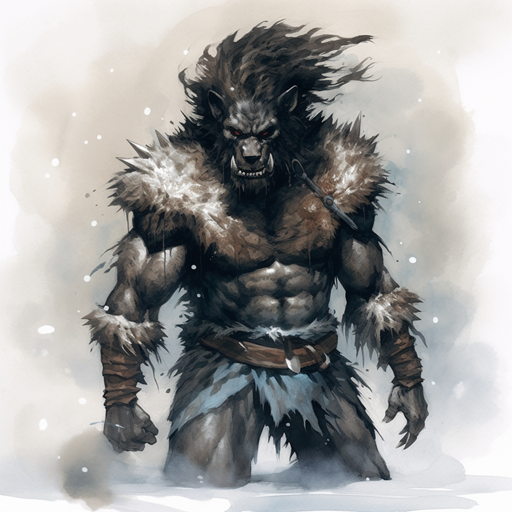
The great kingdom of Laparan was broken into five parts. The Kingdom of Basye formed in the southwest, with Tansar as its capitol.
The Kingdom of Naran formed in the southeast, around the city of Ba-ul Naran. The Kingdom of Novdom formed in the east, with its
capitol in Vomel. And the Kingdom of Makilor grew from the ruins of Galan and retained most of Laparan. Queen Maia oversaw the
construction of Makilor City on the ruins of Galan. Less than a decade of peace passed before Balric was again battered by the mailed
fist of war. The elves having grown tired of their shackles brought history full circle and began to revolt. Many killed their masters
while they slept, took what wealth they could carry and fled. Most headed north to the plains and glades beyond Makilor. Others began
a destructive campaign of guerilla warfare.
At the same time the elven revolt was beginning, an army of giants poured out of the mountainous region of Gartome. Why the normally
peaceful giants would leave their home to attack neighboring territory, is a question that has yet to be completely answered. The armies
of Makilor and Tansar, supplemented by the dwarves, battled them for weeks before pushing the weary giants back to Gartome. While the
armies were still afield the animalistic gralner launched a well organized attack against Tansar, despite their normally decentralized
tribal society. The fortress city had held against much stronger armies, but its military forces were at a minimum. Women and children
had to man the battlements in order to turn back the attack. The gralner army then fell apart and wandered back into the desert. Taking
advantage of the turmoil in the north, Duke Tor Bakora of Darcan, a tributary of Makilor, declared his duchy a separate nation and crowned
himself King. Bakora had backed his cousin Maia Wraithchild in her claim to the throne of Laparan and seemed loyal to the Queen, but his
sanity had always been in question.
The New Era
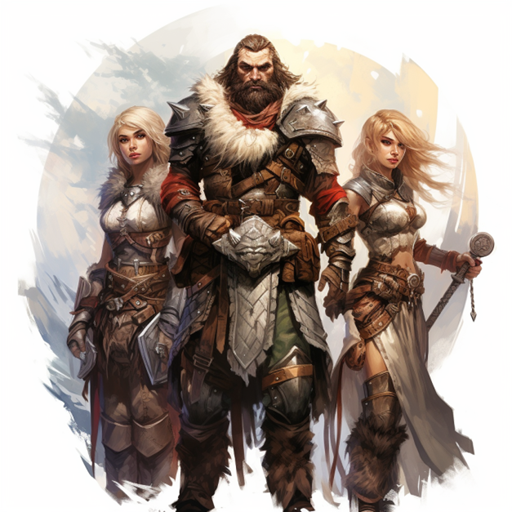
The New Era is said to have begun when the family of de Lucian obtained the throne of Makilor. The ambitious King Gerr Bakora, son of
Tor and also of questionable sanity, has waged a series of small and pointless wars against Basye, Makilor, and Naran. Otherwise, the
five kingdoms, Makilor, Basye, Novdom, Naran, and Darcan, have been mostly at peace since the Second War of Dominance. When Ran de
Lucian became king of Makilor his first act was the emancipation of the elves. As crown prince he had already earned the admiration
and support of the dwarven nation and the giants of Gartome. The other royals of Balric, though begrudgingly from Gerr Bakora, gave
him their respect. They soon followed his actions by emancipating the elves in their kingdoms as well. King de Lucian granted the elves
a region of northern Makilor, in which many of the rogue elves had lived for years.
The clerics of Phaet have long known that Nixil, known as That Which Dwells in the Void to mortals, though not able to directly affect
their existence, has granted power to mortals. Through these agents Nixil hopes to destroy what it considers an abomination and the cause
of its' imprisonment. The clerics believe its' agents to be behind much of the conflict since the First War of Dominance. They have yet
to find evidence of their beliefs. So while Darcan and Naran bicker and fight over control of the trade routes in the northern Aonos, and
Makilor, Naran, and Darcan clash over control of useless parcels of land, rumors of vile creatures and legions of the undead begin to
spread across the land. Prosperity flourishes in the land, yet fear has become the master of emotions. Most disturbing of all, is the word
that The Walker, fabled offspring of That Which Dwells and thought to be the cause of the destruction of Suma, again walks the land. And
so the clerics and the wiser of the royalty, Ran de Lucian most of all, have begun to wonder; is it time to set aside petty differences
and unite against the common threat?